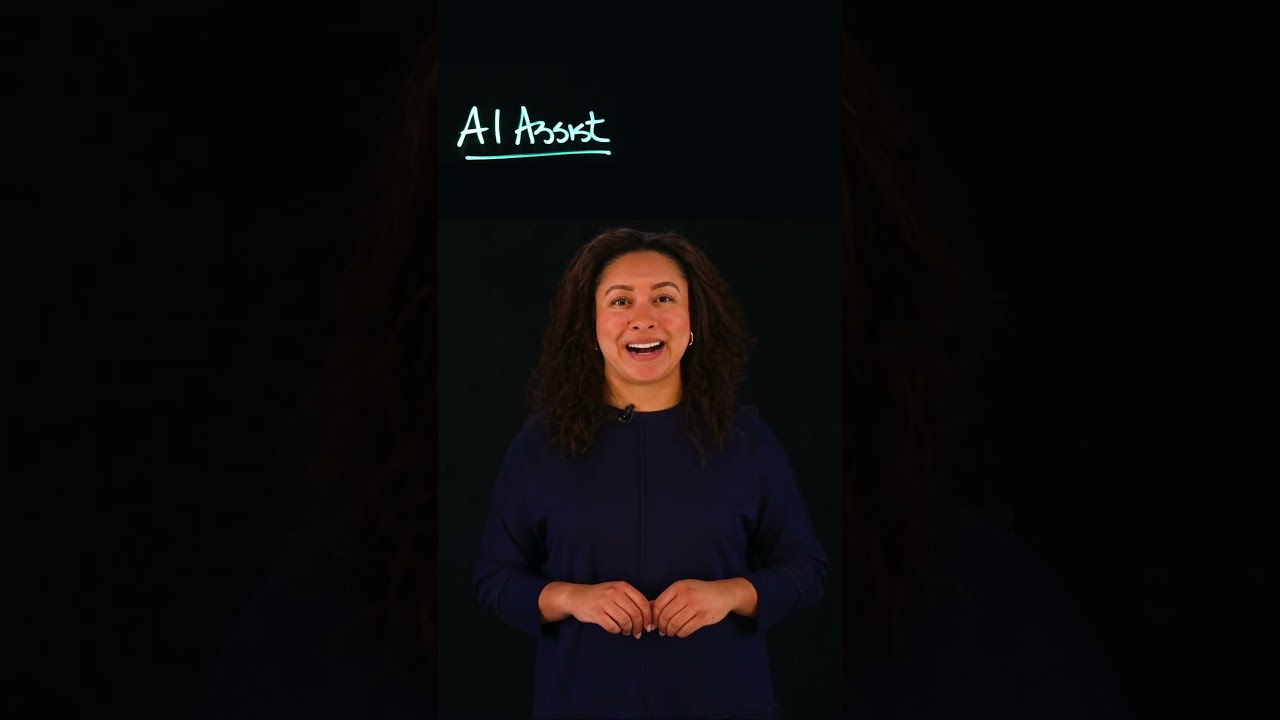The video explains the differences between traditional chatbots and AI assistants, highlighting that chatbots rely on decision trees and limited responses, while AI assistants utilize advanced technologies like natural language processing and machine learning for more dynamic and personalized interactions. AI assistants also have the ability to learn over time and automate processes, enhancing user experience and efficiency for businesses.
The video discusses the distinction between traditional chatbots and AI assistants, highlighting the confusion that often arises from the use of the term “chatbot.” Traditionally, chatbots are designed with decision trees and rule-based systems, which limit their ability to respond to a wide range of human inquiries. They typically operate within a narrow scope, answering only a specific set of predetermined questions.
In contrast, AI assistants leverage advanced technologies such as natural language understanding, natural language processing, and machine learning. This enables them to comprehend user queries more effectively and provide tailored responses based on individual needs. Unlike traditional chatbots, AI assistants can engage in more dynamic and meaningful interactions with users.
One of the key features of AI assistants is their ability to learn over time through deep learning techniques. This allows them to adapt to user preferences and improve their responses based on past interactions. Additionally, AI assistants possess memory capabilities, enabling them to retain information about previous questions and conversations, which enhances the overall user experience.
The video also emphasizes the automation potential of AI assistants. They can initiate automated processes based on user requests, streamlining workflows and increasing efficiency. This capability not only improves user satisfaction but also contributes to significant returns on investment for businesses that implement AI assistance.
In summary, the video clarifies the differences between traditional chatbots and AI assistants, showcasing the advanced capabilities of the latter. By utilizing AI technologies, AI assistants can provide faster, more accurate, and personalized responses, ultimately leading to improved efficiency and effectiveness in various applications.
